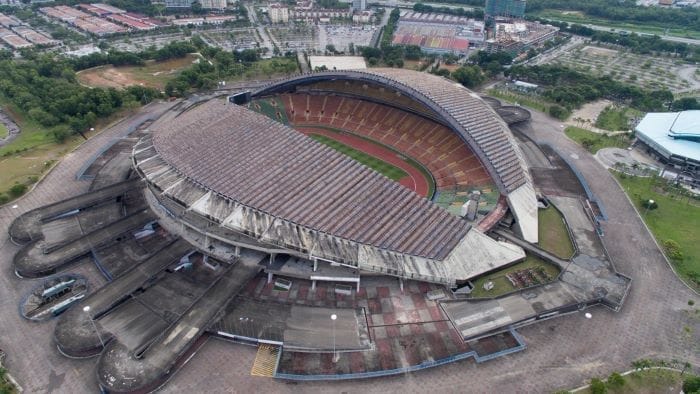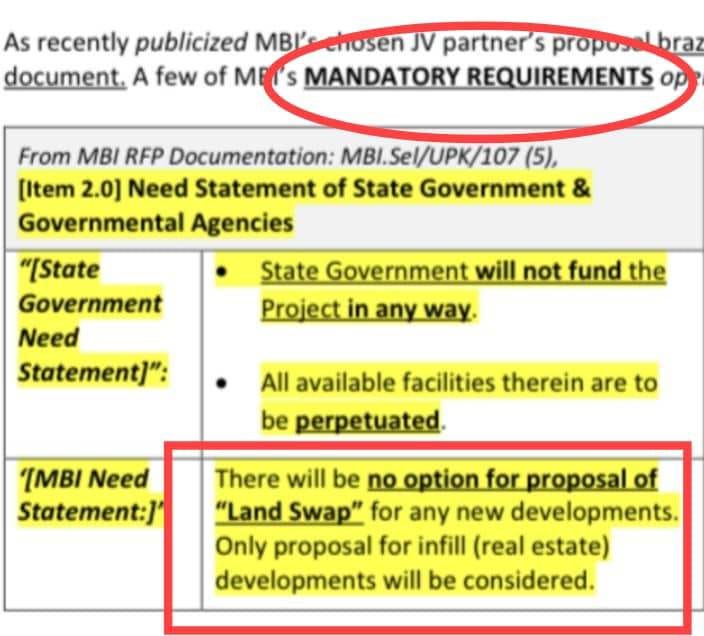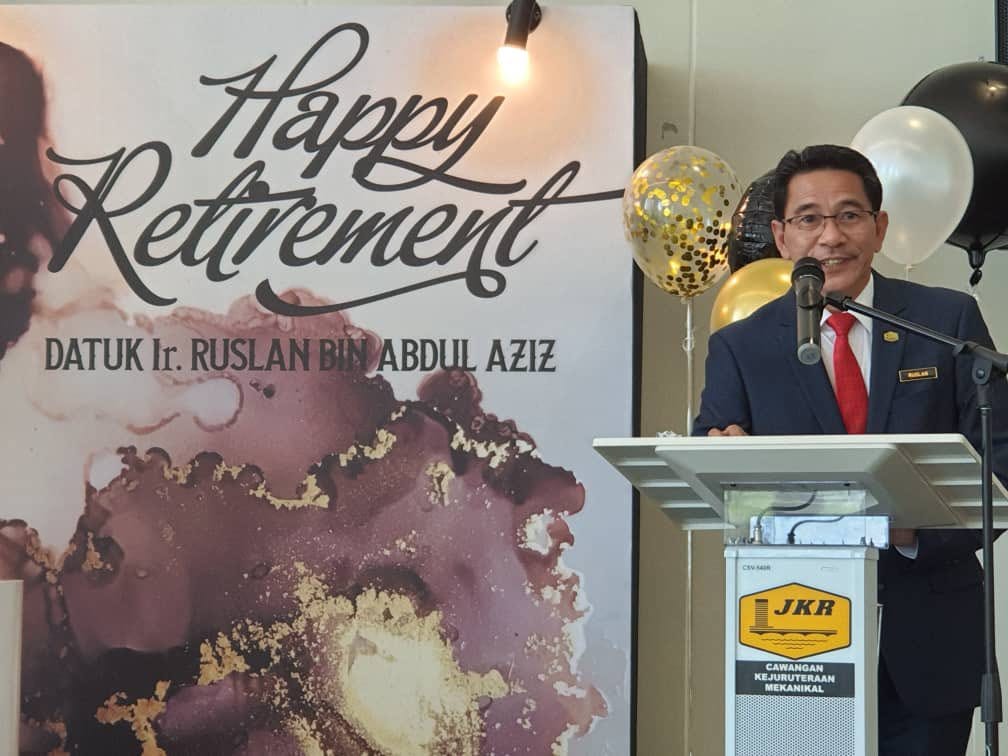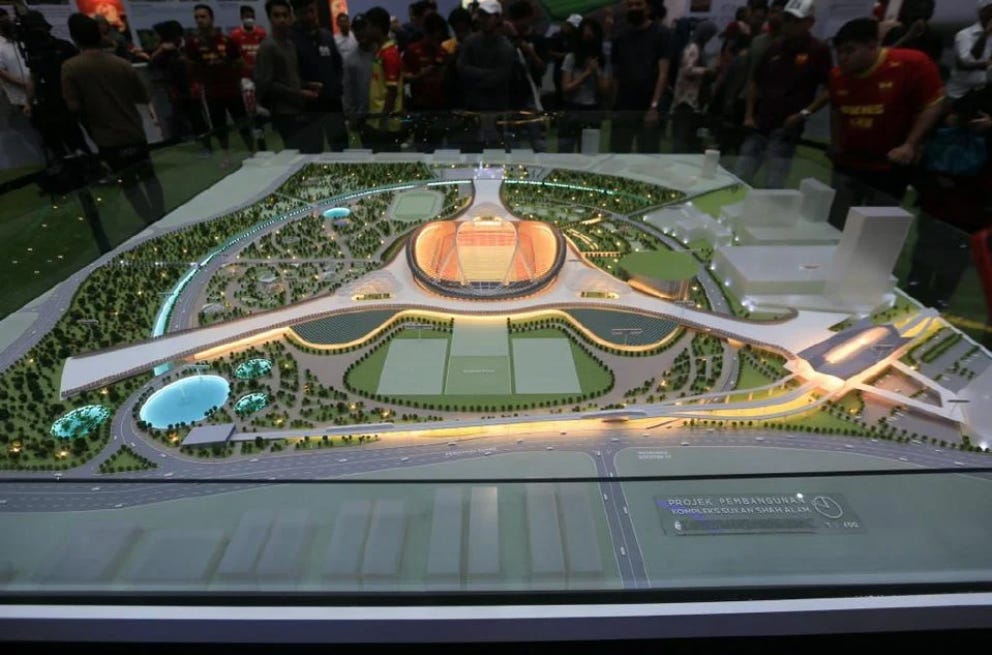
Murray Hunter
JKR report finds the structural integrity of Shah Alam Stadium is sound
Shah Alam Stadium only requires refurbishing
MAY 05, 2024

The Selangor Jabatan Kerja Raya (JKR), or Selangor Public Works Department report dated 25th July 2018 found the Shah Alam Stadium structural integrity was fine. A thorough inspection by a team led by the then JKR Petaling Building Division director Ruslan Abdul Aziz, proposed a refurbishment plan for the stadium in the report.
The engineering inspection found there is no serious damage on structural concrete of the stadium. There was only minor water damage, a damaged polycarbonate roof, due to poor water proofing, water piping and building expansion joints.
The metal structures showed no evidence of rust. However, the polycarbonate roofing sections need replacement, due to ageing and weathering.
The overall recommendation of the report signed by Ruslan Abdul Aziz and three JKR engineers was to replace the polycarbonate roofing.
There were 13 proposals for refurbishment submitted to the Selangor State Government initially. All proposals listed itemised repair costs and a scheme to recoup the costs through a concession plan, similar to what was done at a London Stadium in 2012, and the Singapore National Stadium.
Suddenly, all proposals were turned down, and the announcement was made that a smaller stadium would replace the current stadium, with a commercial centre added to the project. The costs of this proposed development were estimated at RM 3.28 billion.
The original Shah Alam Stadium cost RM 400 million to build back in 1994. The polycarbonate roofing could be replaced and other problems solved for RM 32 million, according to sources that put in an original tender. This is in contrast to costing RM 35 million just to demolish the stadium.
The commitment by the Selangor state government to demolish the stadium actually will cost more than replacing the polycarbonate parts of the roofing and other necessary repairs.
Selangor Menteri Besar of Selangor Amirudin Shaari originally announced the Shah Alam Stadium would be demolished last November. Then it was announced it would be demolished in May. However, this date is stretching out due to a number of bureaucratic steps that must be completed first. The stadium must be proved to be structurally unsound for the demolition to legally take place.
In addition, the state government must find a way to pay for the demolition. The project documents at the MBI executive meeting clearly stated that the Selangor State Government will not fund the project in any way. In addition, any land swap equivalent is not acceptable.


Ironically, the same Ruslan Abdul Aziz has been called out of retirement to oversee the demolition of the Shah Alam Stadium.
As there is no confirmed development project approved by the state after the stadium has been demolished, it’s becoming a mystery what the land will actually be used for. In fact, now its not even confirmed that a new stadium will actually be rebuilt on the land.

This development has not been approved by the Selangor State Government.
The old Makro building, owned by the Selangor State Government was demolished in 2015 to “quickly make way for a heart hospital.” This was suddenly changed, where a commercial centre was built instead, and the Heart hospital built in another location. This past act by the Selangor State Government leaves some uncertainty about the Shah Alam Stadium site, when the stadium demolition order was not accompanied with a building plan.
If public facilities are to be demolished in the centre of Shah Alam, the public deserve to know what will be built in its place.
Hehehe..the project to demolish and replace the Stadium is a Sacred cow .
ReplyDelete